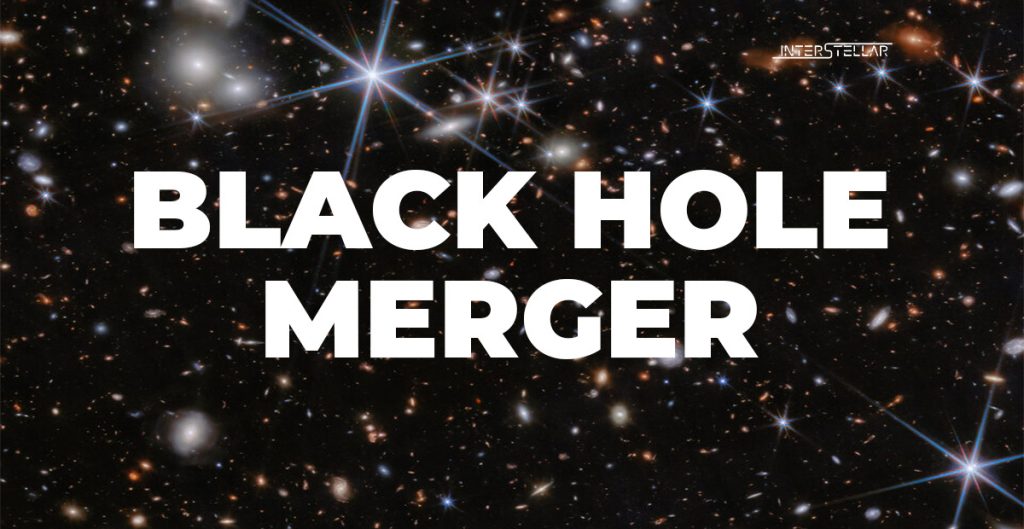An international team of astronomers used the NASA/ESA/CSA James Webb Space Telescope to uncover evidence of an ongoing merger between two galaxies and their massive black holes when the Universe was just 740 million years old. This discovery marks the most distant black hole merger ever detected and the earliest instance observed in the Universe’s history.
Early Universe Black Hole Growth
Astronomers have found supermassive black holes, with masses ranging from millions to billions of times that of the Sun, in most massive galaxies, including our Milky Way. These black holes significantly influence the evolution of their host galaxies. However, the rapid growth of these massive objects in the early Universe remains a mystery. Detecting enormous black holes within the first billion years after the Big Bang suggests that their growth occurred very swiftly and early on. The James Webb Space Telescope is now providing new insights into this early growth.
Recent observations from Webb revealed evidence of a galaxy merger involving massive black holes when the Universe was just 740 million years old. This system is identified as ZS7.
Identifying Black Holes in Early Galaxies
Massive black holes that actively accrete matter exhibit distinctive spectrographic features, enabling astronomers to identify them. For extremely distant galaxies like those in this study, these signatures are not detectable from ground-based observatories and can only be observed with Webb.
“We found evidence of very dense gas with fast motions near the black hole, as well as hot and highly ionized gas illuminated by the energetic radiation typically produced during black hole accretion episodes,” explained lead author Hannah Übler of the University of Cambridge, UK. “Webb’s unprecedented imaging sharpness also allowed our team to spatially separate the two black holes.”
The team discovered that one of the black holes has a mass 50 million times that of the Sun. “The mass of the other black hole is likely similar, although harder to measure due to being buried in dense gas,” added team member Roberto Maiolino of the University of Cambridge and University College London, UK.
Implications for Black Hole and Galaxy Evolution
“Our findings suggest that merging is a crucial route for black hole growth, even at cosmic dawn,” said Übler. “These results, alongside other Webb discoveries of active, massive black holes in the distant Universe, demonstrate that massive black holes have influenced galaxy evolution from the very beginning.”
Once the two black holes merge, they will generate gravitational waves. Such events will be detectable with the next generation of gravitational wave observatories, like the upcoming Laser Interferometer Space Antenna (LISA) mission. Approved by the European Space Agency, LISA will be the first space-based observatory dedicated to studying gravitational waves.
“Webb’s results indicate that lighter systems detectable by LISA should be more frequent than previously assumed,” shared LISA Lead Project Scientist Nora Luetzgendorf of the European Space Agency, Netherlands. “This will likely require adjustments to our models for LISA rates in this mass range. This is just the beginning.”
This discovery is part of the Galaxy Assembly with NIRSpec Integral Field Spectroscopy program. The team has recently been awarded a new Large Programme in Webb’s Cycle 3 observations to study the relationship between massive black holes and their host galaxies in the first billion years. This program will systematically search for and characterize black hole mergers, determining their occurrence rate in early cosmic epochs and assessing their role in early black hole growth and gravitational wave production.
These findings have been published in the Monthly Notices of the Royal Astronomical Society.





